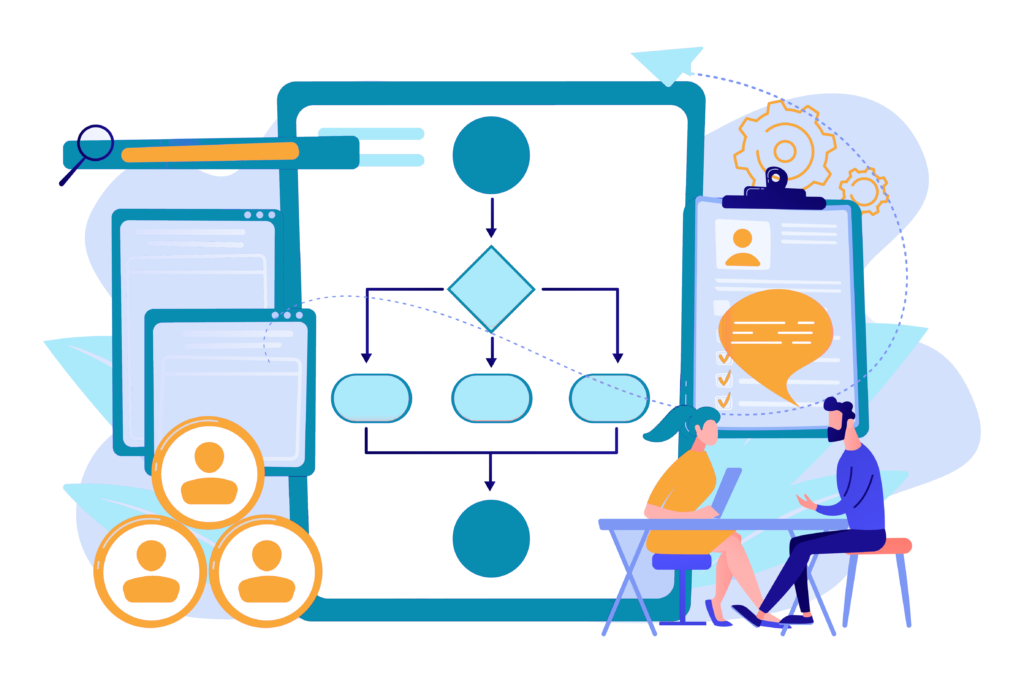If you find your performance review process spooky, lifeless, or downright terrifying, here are some tips for reviving it! The more heads the better: A simple way to inject some life into performance reviews is to involve multiple perspectives and voices. 360° reviews and surveys are a great way to do that and give employees […]
There has certainly been a lot of change in the world of performance management over the last few years. Companies are shifting to more regular development discussions, organizations are revising their rating and rewards processes, and employees are demanding feedback transparency in job expectations and measures of success. More Feedback = Greater Success These changes […]
In today’s dynamic workplace—where remote work, hybrid teams, and shifting employee expectations dominate—effective performance management is more critical than ever. Organizations must align their strategies with modern trends while staying rooted in foundational principles. At the heart of this balance lies the 3 Ps of performance management: Purpose, People, and Process. But what exactly are […]
Mid-year performance reviews are a critical checkpoint for both employees and organizations. When done right, they help realign goals, boost engagement, and drive performance for the rest of the year. However, many managers struggle to make these meetings impactful, often due to poor preparation, a lack of structure, or ineffective follow-up. This guide outlines a 4-step […]
Stay interviews are a helpful HR strategy designed to increase employee retention. The interview assesses an employee’s happiness with the company, satisfaction with their role, and likelihood of being a flight risk. So let’s talk about how to incorporate stay interviews into your performance management and employee engagement cycles, questions to ask, and best practices […]
Employees are the most valuable asset a company has. With the current talent crisis reducing the pool of available workers and the exodus known as the Great Resignation, business growth is at risk. To ensure continuity, organizations must focus on retention and improving the employee lifecycle to accomplish their goals. Performance management programs are critical […]
When done correctly and effectively, employee performance reviews and good performance management processes can motivate staff, drive results, align the entire company, and improve success and morale. However, inconsistent performance reviews that are confusing, subjective, and open to bias can throw a wrench into the entire thing – making the review process a negative and […]
“We are deeply honored to receive this award. Our team considers the Brandon Hall Excellence Awards among the greatest forms of recognition in the talent management industry today. This award affirms emPerform’s leading position and empowers us to continuously pursue innovation in the field of talent management.” – John Smith, Director of Enterprise Business Solutions for […]
There is something noticeably alarming going on in the North American labor market. 2021 saw record streaks of employee turnover and walkouts, the highest on record according to the U.S. Bureau of Labour Statistics.[1] This phenomenon is aptly named the ‘Great Resignation,’ and companies are keen to understand why this is happening and to avoid […]
There is no question that performance management is changing, in fact, 84% of human resources professionals agree that the industry is rapidly altering its processes to suit current needs. With annual performance reviews and appraisals falling out of fashion, companies have begun to adapt by enabling more opportunities for open communication and providing regular feedback […]











